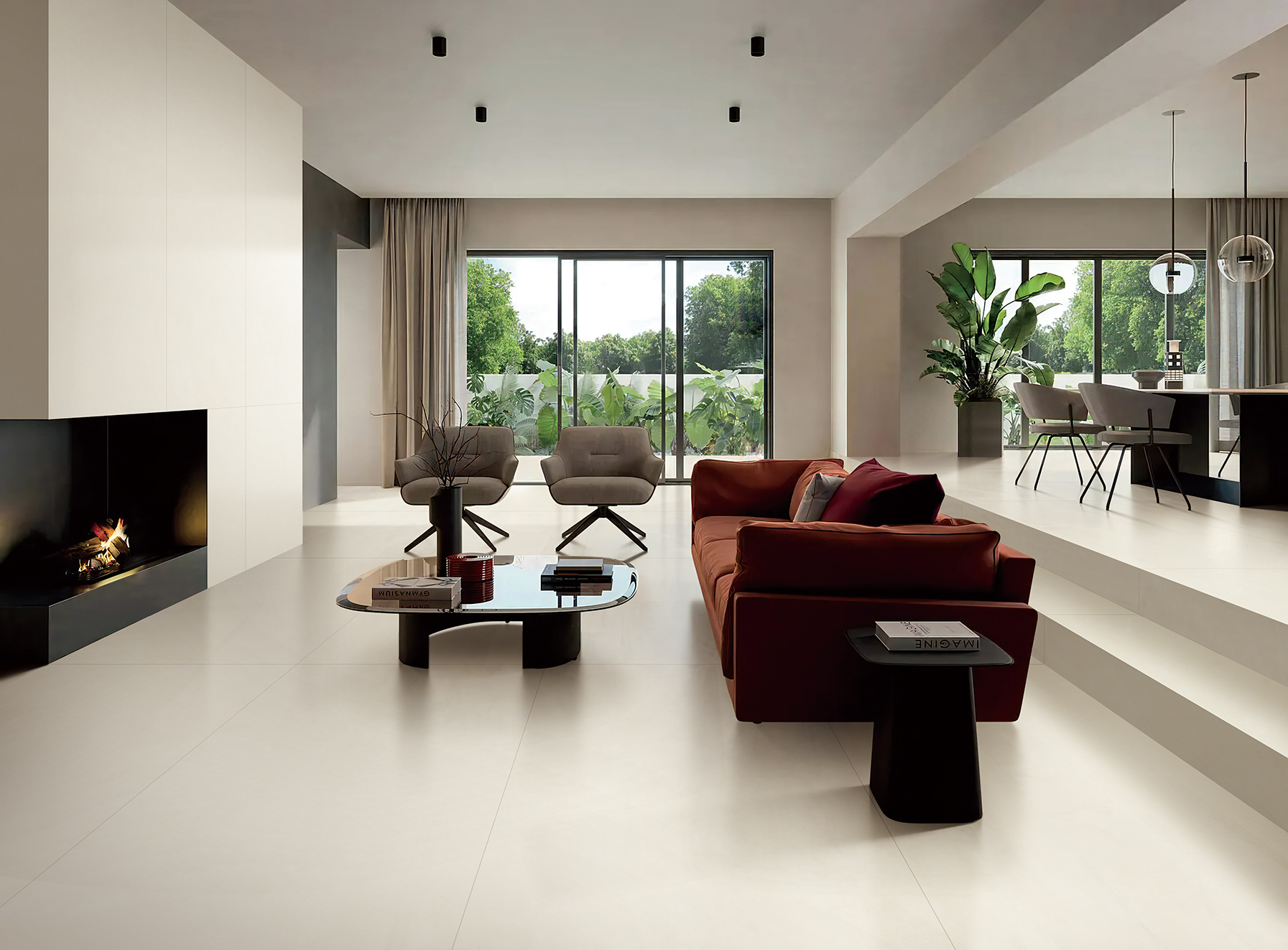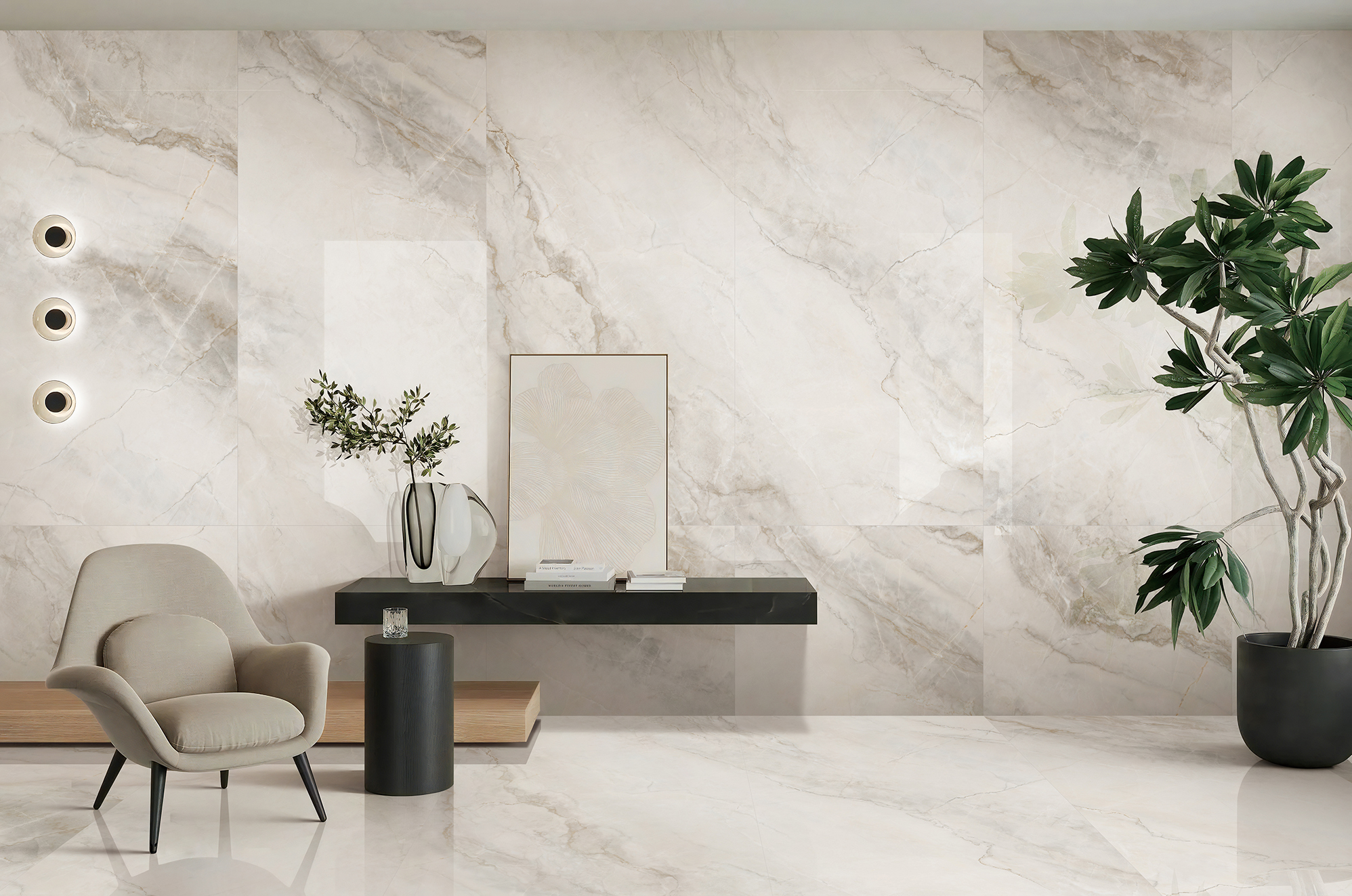
What are the advantages of wood grain ceramic tiles over wood grain solid wood boards
Wood grain ceramic tiles offer several advantages over wood grain solid wood boards:
1. Durability: Ceramic tiles are highly durable and resistant to scratches, stains, and wear. They are less prone to damage from moisture, humidity, and temperature changes, which can be a concern for solid wood boards.
2. Water and moisture resistance: Ceramic tiles are impermeable to water, making them an excellent choice for areas prone to moisture, such as bathrooms, kitchens, and basements. Wood grain solid wood boards, on the other hand, can warp, swell, or even rot when exposed to moisture.
3. Low maintenance: Wood grain ceramic tiles are easy to clean and maintain. They do not require any special treatments or refinishing like solid wood boards. Regular sweeping and mopping are typically sufficient to keep them looking clean and fresh.
4. Versatility: Ceramic tiles offer a wide variety of design options. They come in different colors, textures, and patterns, including wood grain patterns that closely mimic the look of real wood. You can achieve the natural warmth and beauty of wood without the limitations of wood boards.
5. Allergen-free: Unlike wood, ceramic tiles do not trap allergens such as dust, pollen, or pet dander. This can be beneficial for individuals with allergies or respiratory sensitivities.
6. Eco-friendly: Some wood grain ceramic tiles are made from recycled materials, making them a more sustainable choice compared to harvesting solid wood.
It’s important to note that wood grain solid wood boards have their own unique charm and appeal. They can provide a natural, organic feel and may be preferred for certain design styles or personal preferences. Ultimately, the choice between wood grain ceramic tiles and wood grain solid wood boards depends on factors such as the intended use, desired aesthetic, maintenance considerations, and budget constraints.



